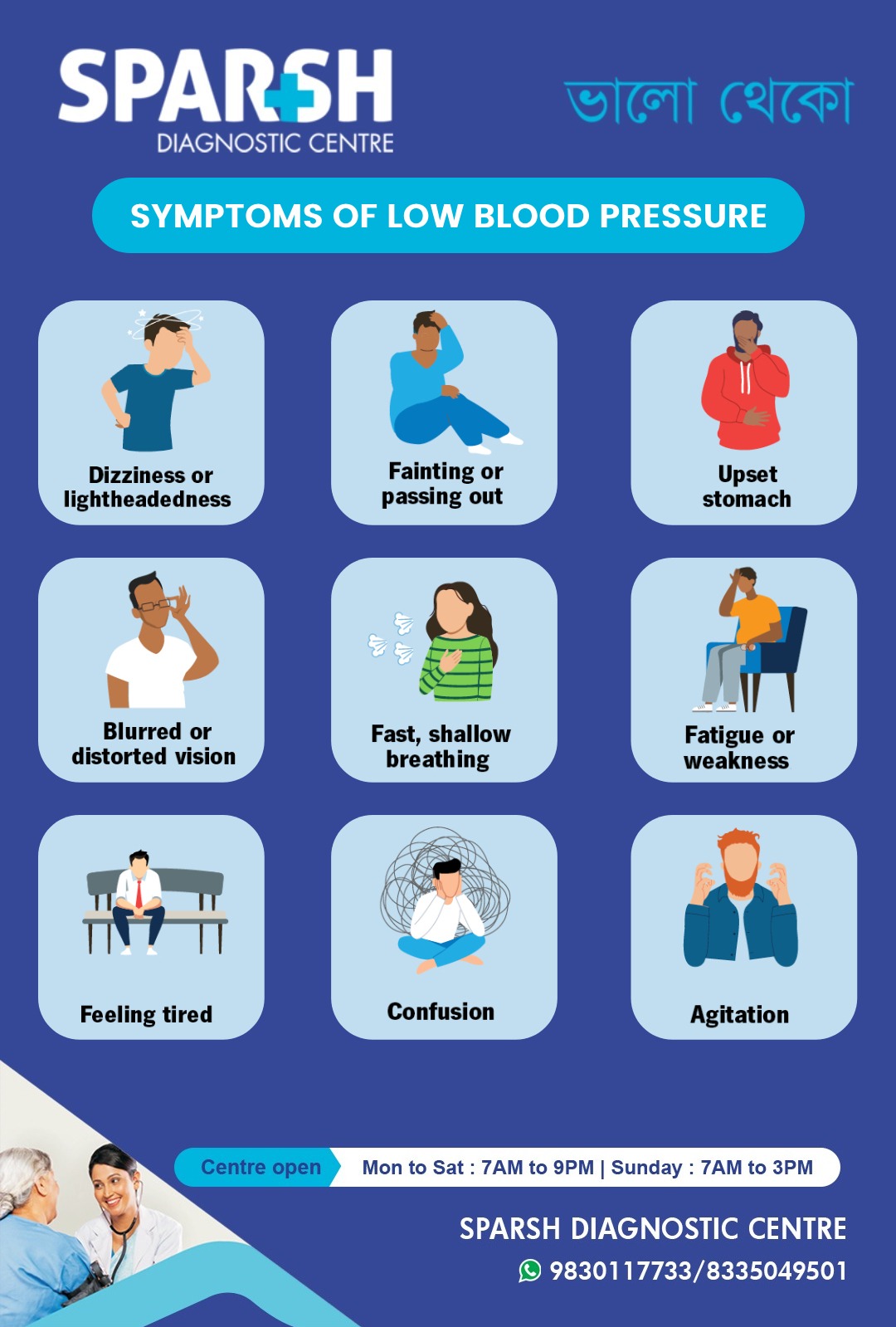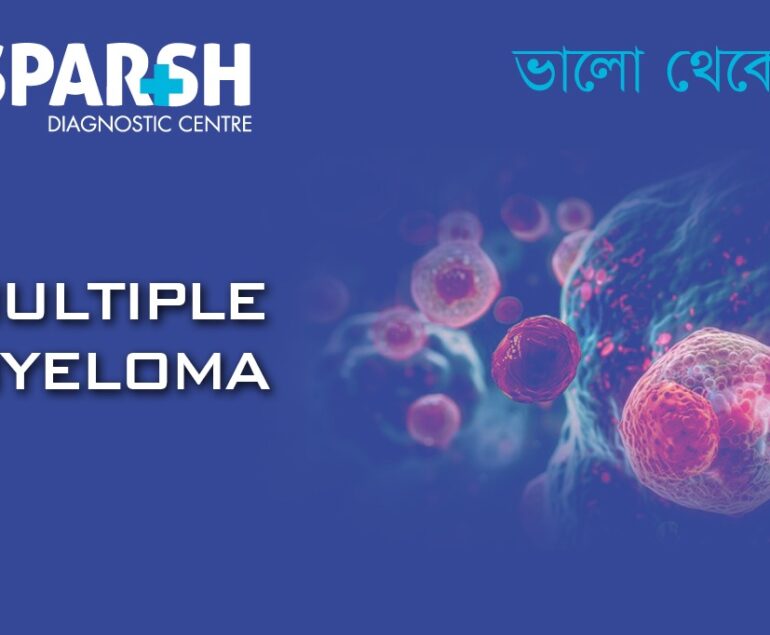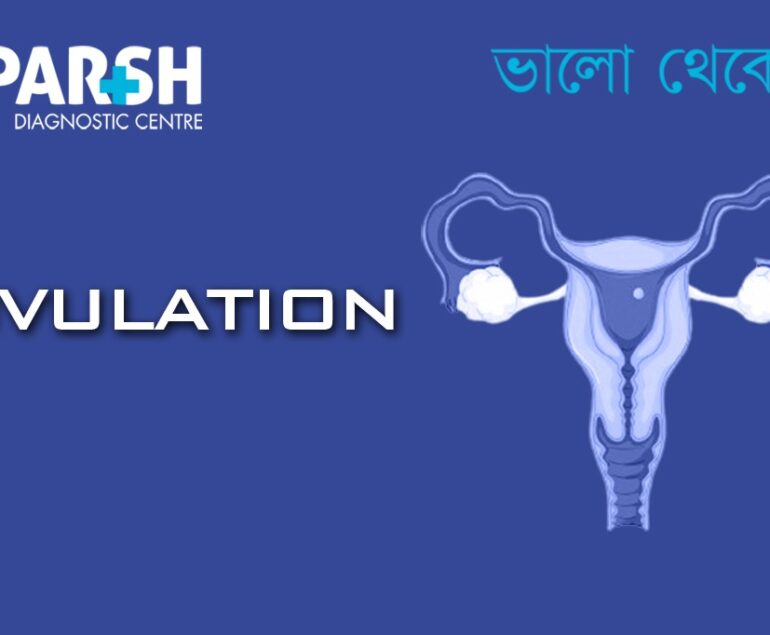Blood pressure is one of the most important indicators of your heart and circulatory health. While most people are aware of the dangers of high blood pressure (hypertension), low blood pressure (hypotension) can also be a cause of concern.
Hypotension occurs when your blood pressure falls below 90/60 mmHg. For some people, this might not cause any noticeable issues, but for others, it can lead to dizziness, fainting, fatigue, and even shock in severe cases.
In this blog, we will cover:
What low blood pressure means
Common symptoms
Possible causes
Risk factors
Diagnosis
Treatment and lifestyle management
When to seek medical help
What is Low Blood Pressure (Hypotension)?
Blood pressure is measured in millimeters of mercury (mmHg) and recorded as two numbers:
Systolic pressure: The pressure in your arteries when your heart beats
Diastolic pressure: The pressure in your arteries when your heart rests between beats
A reading of 90/60 mmHg or lower is generally considered low blood pressure.
However, what counts as “low” can vary. Some individuals naturally have lower blood pressure without any health concerns, while others may experience severe symptoms even with slightly reduced readings.
Symptoms of Low Blood Pressure
According to the infographic from Sparsh Diagnostic Centre, common symptoms include:
Dizziness or lightheadedness
Fainting or passing out
Upset stomach
Blurred or distorted vision
Fast, shallow breathing
Feeling unusually tired
Confusion or trouble concentrating
Agitation or irritability

These symptoms occur because the brain and vital organs are not receiving enough oxygen-rich blood.
Causes of Low Blood Pressure
Low blood pressure can occur for several reasons. Some are temporary, while others may indicate underlying health conditions.
1. Dehydration
Not drinking enough fluids can reduce blood volume, lowering blood pressure.
2. Blood Loss
Significant blood loss from injury or internal bleeding can cause a sudden drop in pressure.
3. Heart Problems
Conditions like bradycardia (slow heart rate), heart failure, or heart valve problems can reduce the heart’s ability to pump blood effectively.
4. Endocrine Disorders
Problems with the thyroid, adrenal glands, or diabetes can contribute to hypotension.
5. Severe Infection (Septicemia)
When infection spreads into the bloodstream, it can lead to dangerously low blood pressure known as septic shock.
6. Nutritional Deficiencies
Lack of essential vitamins like Vitamin B12 and folate can affect red blood cell production, leading to hypotension.
7. Medications
Certain medicines, including diuretics, beta-blockers, antidepressants, and drugs for Parkinson’s disease, can lower blood pressure.
8. Pregnancy
Blood pressure often drops during pregnancy due to hormonal changes and increased blood supply demands.
Types of Low Blood Pressure
Orthostatic (Postural) Hypotension
A sudden drop in blood pressure when standing up from sitting or lying down.
Often causes dizziness and fainting.
Drop in blood pressure after eating, as blood flows to the digestive system.
Neurally Mediated Hypotension (NMH)
Affects young people; happens after standing for long periods.
A life-threatening condition requiring immediate medical attention.
Risk Factors
Certain groups are more likely to develop hypotension:
Elderly individuals
Pregnant women
People with heart disease or diabetes
Those taking blood pressure-lowering medications
Individuals with dehydration or nutritional deficiencies
Diagnosis of Low Blood Pressure
If you experience symptoms of hypotension, proper diagnosis is essential. At Sparsh Diagnostic Centre, doctors recommend:
Blood Pressure Monitoring: Repeated readings in different positions (sitting, lying down, standing).
Electrocardiogram (ECG): To check for heart rhythm problems.
Echocardiogram: To examine heart structure and function.
Blood Tests: To check for anemia, blood sugar levels, thyroid function, and vitamin deficiencies.
Tilt Table Test: To measure blood pressure response to changes in position.
Treatment of Low Blood Pressure
Treatment depends on the underlying cause. Common approaches include:
1. Lifestyle Changes
Eat small, frequent meals to prevent post-meal drops.
Wear compression stockings to improve circulation.
Stand up slowly from sitting or lying down.
2. Dietary Adjustments
Increase salt intake (only if recommended by your doctor).
Ensure adequate intake of vitamins B12 and folate.
Maintain a balanced diet to prevent anemia.
3. Medications
Fludrocortisone: Helps retain sodium and fluids.
Midodrine: Increases blood pressure by tightening blood vessels.
4. Treating Underlying Conditions
If hypotension is caused by heart problems, endocrine disorders, or medication side effects, treating those conditions often resolves the issue.
When to See a Doctor
Seek medical help if you experience:
Frequent fainting spells
Chest pain or irregular heartbeat
Severe weakness or confusion
Sparsh Diagnostic Centre offers expert consultation, diagnostic tests, and personalized care for patients experiencing low blood pressure.
Preventing Low Blood Pressure
Stay hydrated throughout the day.
Avoid standing for long periods.
Limit alcohol consumption.
Exercise regularly to improve circulation.
Have regular health check-ups at trusted diagnostic centres.
FAQs on Low Blood Pressure (Hypotension)
Q1. What is considered dangerously low blood pressure?
A reading below 90/60 mmHg with symptoms like fainting, confusion, or shock is considered dangerous and requires immediate medical attention.
Q2. Can low blood pressure be normal?
Yes. Some people naturally have low blood pressure without any symptoms or health risks.
Q3. How do I know if my low BP needs treatment?
If you experience frequent dizziness, fainting, or weakness, consult a doctor for proper evaluation.
Q4. What foods help increase blood pressure?
Foods rich in salt, fluids, Vitamin B12, and folate can help improve blood pressure levels.
Q5. Can stress cause low blood pressure?
Yes. Stress can sometimes trigger drops in blood pressure, especially in cases of neurally mediated hypotension.
Q6. How is low blood pressure different from high blood pressure?
High blood pressure (hypertension) puts extra strain on the heart and arteries, while low blood pressure reduces blood flow to vital organs, leading to dizziness or shock.
Q7. Can low blood pressure cause death?
Severe hypotension due to shock, sepsis, or massive blood loss can be life-threatening without urgent treatment.
Low blood pressure (hypotension) may seem less harmful than high blood pressure, but it can significantly impact your health if left unchecked. Recognizing the symptoms early, seeking proper diagnosis, and following medical advice are key to managing the condition.
At Sparsh Diagnostic Centre, we provide reliable testing, accurate diagnosis, and expert guidance for patients with blood pressure concerns.
📞 Contact us today at 9830117733 / 8335049501 to book your consultation.
To consult a Cardiologist at Sparsh Diagnostic Centre, call our helpline number 9830117733.
#BhaloTheko
Disclaimer:
No content on this site, regardless of date, should ever be used as a substitute for direct medical advice from your doctor or other qualified clinician.

![]()






[…] Low blood pressure […]
[…] hypotension or […]
[…] Dizziness, thirst, low BP […]
[…] and Weakness:Due to low blood pressure and poor blood flow to vital […]
[…] 8. Low Blood Pressure (Hypotension) […]
[…] Sudden drop in blood pressure (hypotension) […]
[…] Low blood pressure […]
[…] dysfunction: low blood pressure, dizziness, GI motility […]
[…] hypotension (PPH) is a form of low blood pressure that occurs after eating a meal. While it may sound uncommon, it significantly affects older adults […]
[…] Hypotension (low blood pressure) […]
[…] from fluid loss, low blood pressure, and electrolyte […]
[…] Low blood pressure […]
[…] an infarction (tissue death due to lack of blood flow) following postpartum hemorrhage (PPH) or hypotension. The damaged pituitary gland loses its ability to produce hormones, leading to […]
[…] hypotension is a form of low blood pressure (hypotension) that occurs when you stand up from sitting or lying down. It’s typically defined as a drop in […]
[…] Signs of shock (cold, clammy skin, low blood pressure) […]
[…] Hypotension (low blood pressure) […]
[…] Hypotension or shock […]
[…] Low blood pressure […]
[…] A rare disorder affecting the adrenal glands, Addison’s disease leads to weight loss, fatigue, muscle weakness, and low blood pressure. […]
[…] Leads to low sodium levels, high potassium levels (hyperkalemia), and low blood pressure. […]
[…] Low Blood Pressure: A significant drop in blood pressure is a sign of septic shock, which requires immediate medical intervention. […]
[…] low blood pressure, and inability to respond to […]
[…] Hypotension: Critically low blood pressure, especially in severe cases. […]
[…] severe cases, symptoms like confusion, rapid heart rate, or low blood pressure may indicate sepsis, a life-threatening complication requiring immediate medical […]
[…] Hypotension: Due to shock, sepsis, or major blood loss. […]
[…] artery supplying the colon. It is more common in older adults and can result from atherosclerosis, low blood pressure, or […]
[…] Low blood pressure: Particularly noticeable when standing up, causing dizziness or fainting. […]
[…] 11. Low Blood Pressure (Hypotension) […]
[…] Low blood pressure. […]
[…] Low Blood Pressure: Without enough cortisol to regulate blood pressure, individuals may experience dizziness, fainting, and a risk of circulatory collapse. […]